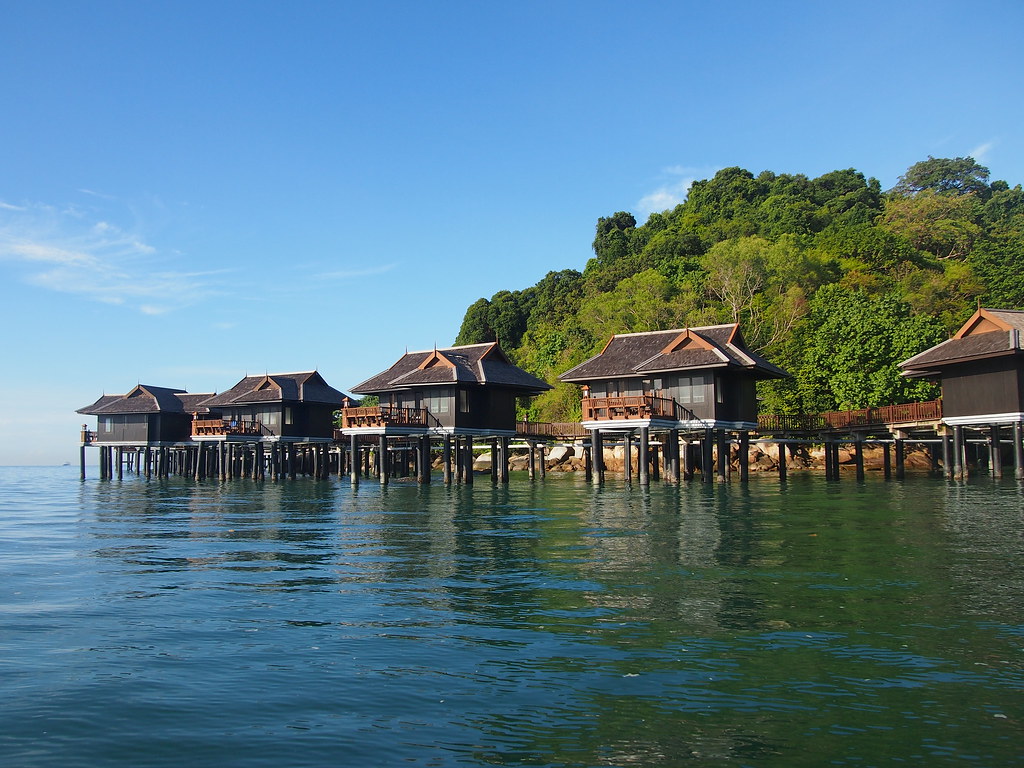Aquaria KLCC located on the concourse level of the Kuala Lumpur
Convention Centre, the 5000sqft Aquaria KLCC is said to be largest
aquarium in the world. Home to over 150 species of marine life, its star
attractions include scary tiger sharks, lethal sea snakes, blue rays,
bright coral fish, seahorses and more.
It’s a well-stocked
aquarium just begging to be explored, and after a few hours here you'll
have seen over 5,000 freshwater and marine creatures, including massive
arapaimas, giant groupers, gar fish and more. Some people write it off
as a tourist trap, but they’re sorely missing out – beyond the big
tanks, with gallons of water, filled with necklaces of kelp, coral and
mysterious and sometimes menacing sea creatures, is one of the country’s
foremost sightseeing attractions with real depth and complexity.

Well worth exploring, Kuala Lumpur Aquarium doesn’t just ‘submerge’
visitors beneath thousands of gallons of seawater – instead the venue is
laid out to take visitors through different watery landscapes, from the
highlands and flooded jungles of Malaysia, to the Amazon basin, coral
reefs and the open ocean. Your journey isn’t a linear one – start off on
Level 1 where you’ll see piranhas make quick work of their meal as well
as electric eels, elephantnose fish and electric catfish. Also in this
section, visitors can check out the DNA Touch Pool where they can pick
up and feel the texture of live corals and star fish.
The Tunnel at Aquaria KLCC
One of the highlights of Aquaria KLCC is a giant tank (featuring
an authentic-looking shipwreck) – a 90m walk-through tunnel with a
moving travelator in its centre. Inside you’ll be surrounded by sand
tiger sharks, huge stingrays and more. You can take a break from looking
at Nemo and his crew, as you head to The Stream which plays host to the
giant water rat and the adorable Asian small-clawed otter. Meanwhile,
the Jewels of the Jungle section is home to a variety of reptiles,
amphibians and insects including the green snake, coatimundi, tarantula
and many others; also be sure to check out the exhibit showcasing the
life cycle of butterflies.

Level 2 sees you journeying through the Amazon Flooded Forest
where the oversized araipaima, red tail catfish and many others dwell;
next, head up to The Coast to see archer fish, horseshoe crabs and more.
Later, develop a deep appreciation for deep sea inhabitants such as the
octopus and giant blotched fantail ray at the Oceanarium. Lastly, the
Weird & Wonderful section is home to chambered nauticus, sea jelly
and more, while the Coral Discovery Section has the requisite array of
coral, seahorses and more. What’s more, catch the fish feeding sessions
which take place on Mondays, Wednesdays and Saturdays in the 2.5
million-litre aquarium.

The best parts of Aquaria KLCC might actually be when you’re
feeling a little lost – either literally, given the sheer size of this
place, or figuratively, as you try to learn as much as you can about the
oftentimes ignored multifaceted deep sea world. Though the aquaria
revels in simple pleasures, thrill seekers are also well catered for –
they can get-up-close-and-personal with tiger sharks, stingrays and more
as the aquarium has a Diving with Sharks program. Even though visitors
have to sign a liability waiver form in order to strap on tanks, it’s a
safe environment as the sharks have been in Aquaria KLCC for more than
five years now and are domesticated. Those who don’t have diving permits
can join the Cage Rage programme where visitors take the plunge into
the tank within the confines of a submerged cage.
While this
elegant underwater world may seem a kid-centric attraction, it caters
well to all ages. There are plenty of reasons to ‘dive in’ and those who
do will not regret it. After all, how many people can say they explored
oceans in just a few hours?




